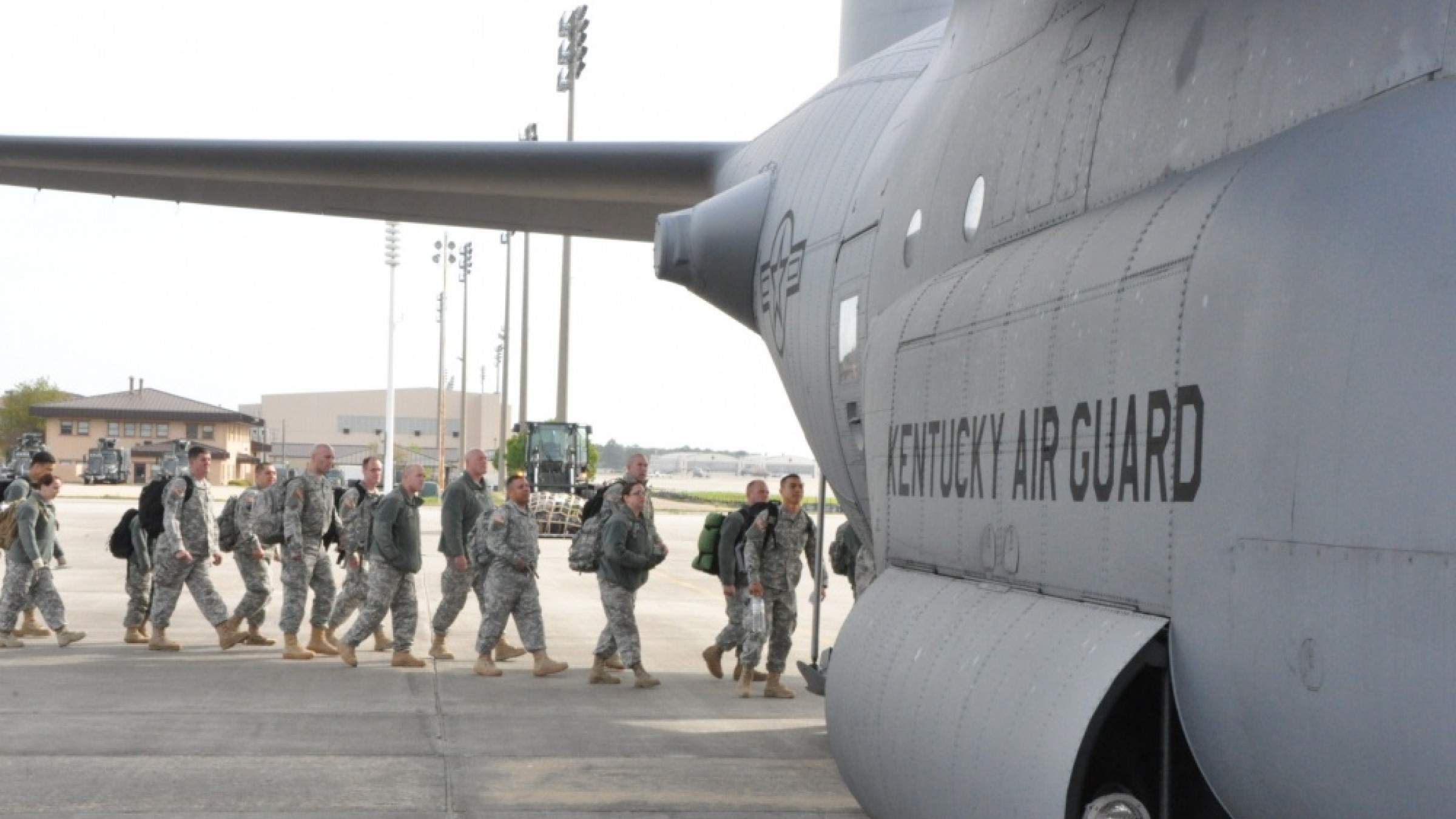The space-available travel program, or Space-A, is a great transportation option for service members and immediate family that allows them to fly free or at a reduced cost across the country or world. Even if you’ve taken advantage of this benefit before, here are seven tips — gleaned from the experiences of other military travelers — to help you make the most of the Space-A travel program.
A quick review of the basic Space-A travel process
Before diving into specific tips, here’s a quick recap of the Space-A process, formally known as Military Airlift Command or MAC. If it’s been more than a few months since you last flew Space-A, the basics can help you plan for future trips.
Ready to Book Your Space-A flight?
Now that you have learned all the tips and tricks, it’s time to start planning.
- Sign up: Air Mobility Command maintains a list of terminal contact information you can use for Space-A travel planning. Sign up for Space-A flights at all potential terminals — arrival and departure — as soon as 60 days out from your expected date of travel. Most retirees and dependents try to sign up 50-55 days before their planned travel date, as those who are on the list for longer will board before others in the same category.
- Double check: Closer to the date of travel, call the terminal to double-check your status on the list. Give them the day and time you signed up, keeping notes of your conversation to create a paper trail to avoid potential miscommunication later.
- Mark yourself present: On your intended departure date, check in at the terminal — luggage in hand, paperwork signed, car parked and all dependents corralled — at least an hour before your desired flight’s roll call for passengers. Check your terminal’s online schedule frequently, as flight schedules and roll calls can change without notice.
- Wait: Space-A passengers will board according to their travel category, not rank. If there’s still space on your requested Space-A flight, terminal staff will help you board and prepare for takeoff. If you’re bumped from this flight, you’ll still have “sign-up” time seniority — though your category remains the same — for future Space-A flights. Ask the terminal attendant to be considered for all flights going to your desired destination.
Space-A travel tips
Once you have signed up, you can take advantage of these in-depth tips and tricks used by other military travelers to fully leverage the Space-A travel program.
- Plan to trade your time for the discounted ticket. The lower your category, the more likely it is that others in higher categories will take available seats on popular flights. Give yourself three-day buffers on each end of your travel plans to catch flights — and remember that more Space-A flights tend to be scheduled on weekdays, Mondays through Fridays.
- Avoid drill weekends and school breaks. Drill tends to fill military Space-A flights, and many families schedule vacations around school breaks. To avoid these, call the terminal’s base to ask if the local Guard or reserve unit will be drilling the weekend you intend to leave. Then, check the Department of Defense Education Activity school calendar for seasonal school breaks.
- Be willing to take Space-A flights that get you close — but not directly to — your final destination. If you’re traveling from the U.S. to a European destination, for example, consider grabbing a more open flight from a convenient local base to a country close to your destination, then take local civilian transportation.
- Plan for every climate. You might be on a flight initially scheduled to go to Hawaii, but have an emergency reroute to Alaska to fulfill the military Space-A flight’s primary mission. Don’t be caught with just flip-flops in your luggage.
- Be flexible. Make the delays and alternate routes an adventure, rather than an inconvenience. You may not have expected to go to Germany instead of France, but it’s an opportunity for spontaneous sightseeing.
- Don’t expect a traditional civilian flight unless it’s Patriot Express. Sometimes, the military contracts with a civilian airline for troop movement, making a Patriot Express flight available for Space-A. Other Space-A flights will be on large — and loud — military cargo planes, complete with five-point harnesses for passengers during lift-off and landing. Patriot Express flights also charge a $20-35 fee per passenger, so plan accordingly.
- Bring supplies for a comfortable flight. Consider taking a small sleeping bag, pillow, blankets and even a yoga mat if you think you’ll want to sleep during Space-A flights on large military planes. While some crews provide military-issue earplugs for the noise, you may want to bring your own or some noise-canceling headphones. Winter hats and gloves might help, too — some planes get very cold.
If you’re ever unsure of the Space-A travel program’s current processes or information, Air Mobility Command will have all the latest updates to make your next Space-A trip successful.








